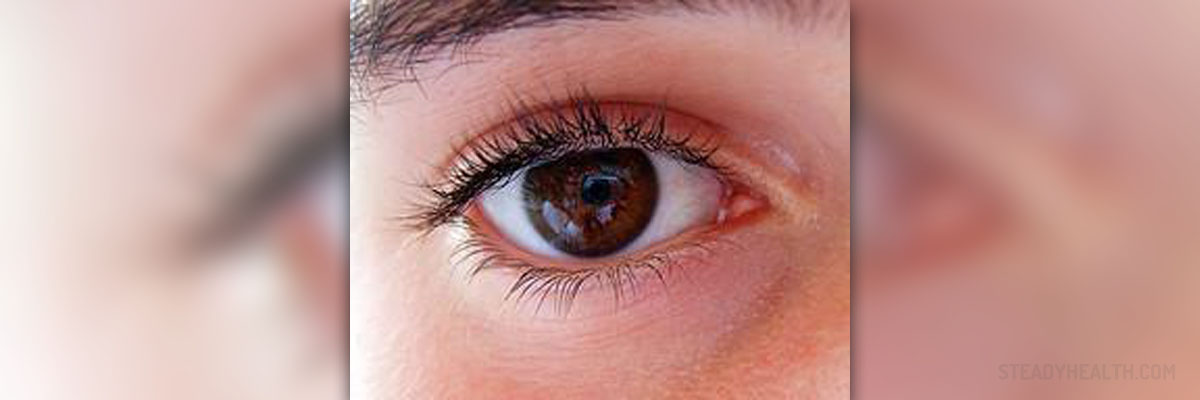
About 3% of all emergency visits to thedoctor are related to problems affecting the eyes. This may not seemlike much but it results in quite a great number of people requiringmedical assistance due to ocular problems. In fact, our eyes arequite sensitive and can suffer from many conditions which can lead toimpaired vision and countless other scenarios of this type.
Some conditions related to the eyes mayneed ultrasound imaging of these organs. This procedure is arelatively new one, showing excellent results when it comes todiagnosis and treatment of diseases of the eye.
Ultrasound of the Eye
Ultrasound of the eye was firstintroduced in 2002, being a non-invasive method of determining thecondition of one's eyes and diagnosing some illnesses which mightresult in vision problems or some other complications of this type.Some of the conditions that this form of ultrasound is most commonlyused for, in terms of diagnosis and design of treatment plans areglobe perforation, retrobulbar hematoma, retinal detachment, lenssubluxation, vitreous hemorrhage and intraocular foreign body.
Eye ultrasound ranging between 7.5 and10MHz is usually used for these purposes, applied on a closed eye.Also, a thick lining of the specially designed ultrasound gel is usedfor protecting the eyes further and allowing the image of theultrasound to be better. Note that this form of ultrasound cannotdamage the eye, contrary to popular belief. Also, the gel used duringthe procedure is not harmful for the eye too.
Once the scanning commences, thepatient is told to close his/her eyes and look in front ofhim/herself. Due to the fact that the inside of the eyes is filledwith fluids, the scanning is very successful, resulting in highdefinition images excellent for diagnostic purposes. Therefore,health experts who handle the ultrasound device can obtain perfectimages of the inside of one's eye, managing to clearly differentiateparts from one another. This allows them to get images which areinvaluable for the future treatment of any of the possible eyeproblems mentioned above.
The sound waves emitted from theultrasound device pass through the soft tissue of the eye, bouncingoff it, returning back to the device, which receives and decodes thefeedback into electronic image chosen by the health experts. Thedoctor places the device on the surface of the gel and moves itaround slowly and gently. The whole procedure is, therefore,non-invasive, painless and does not require pupil dilation in orderfor it to be successful. Moreover, the entire procedure lasts forabout 10 minutes.
Different frequencies of sounds may beused for different diagnostic purposes. Thus, some ultrasounds may beof axial length, some focused on the anterior segment view of the eyeand some combined with the exposure of the eye to light waves. Yet,the light wave imaging requires pupil dilation and lasts for about 15minutes.
Why is This Procedure Done?
As it was mentioned above, theultrasound of the eyes can be used for diagnosing globe rupture dueto occurrence of corneal edema, hyphema, vitreous hemorrhage orcataracts. This condition often requires surgical intervention. Earlydetection of this condition result in a greater effectiveness of thetherapy.
Secondly, ultrasound of the eyes canfind and determine the presence of foreign bodies in the eye, showingthem through a bright acoustic profile.
Taking into consideration that retinaldetachment can be difficult to be diagnosed through a session ofphysical examination, ultrasound imaging is commonly used for thispurpose too.
Another usage for ultrasound of the eyeis assessing elevated intracranial pressure. Even though thisprocedure has mainly been used on cadavers it holds great promise.
One of the main causes of blindness,vitreous hemorrhage, appears as echogenic material in the posteriorchamber.
Thus, ultrasound of the eyes can beused for numerous purposes, for the assessment, diagnosis andtreatment of many conditions related to our vision organs. This formof ultrasound is quick and effective, being accurate andwell-tolerated as well. Both healthy people and those who experiencecertain symptoms of eye conditions can benefit from this form ofimaging since it is a good preventative and an excellent diagnostictool. Hence, with the wide-spread ultrasound technology available inmost health facilities of today, ultrasound of the eye is bound toundergo even further levels of evolution, with its usage beingexpanded even more in years to come.
All in all, regardless of the visionproblem you suffer from, ultrasound of the eyes may be a good choicefor you. It is much better than a mere physical eye examinationprocedure, offering high definition images without harming your eyesor leading to any pain. However, let your doctor know about all thesymptoms you might be experiencing, as well as the previousconditions that have been bothering you, before you undergo theultrasound imaging of the eyes.




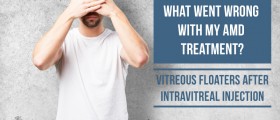

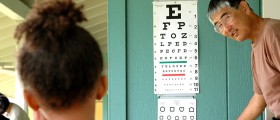
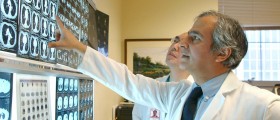
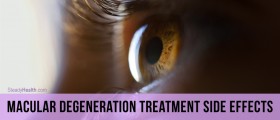




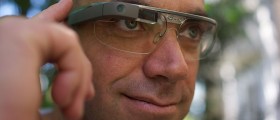



Your thoughts on this
Loading...